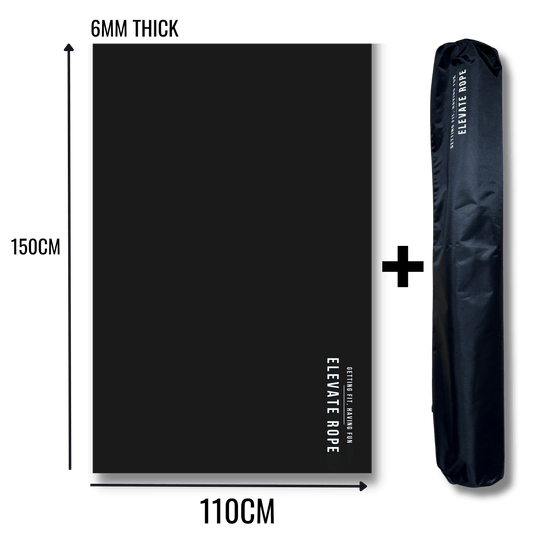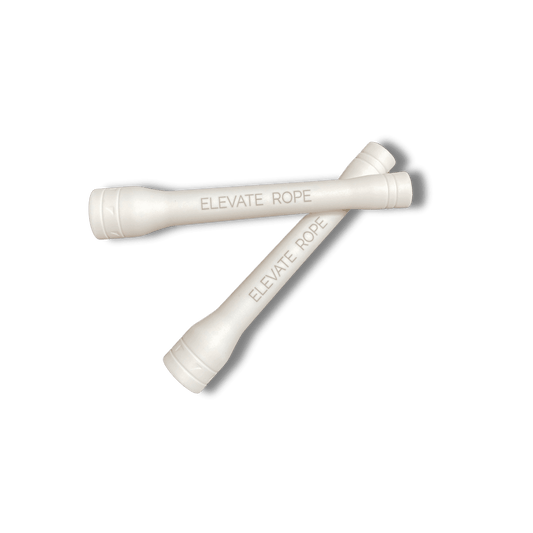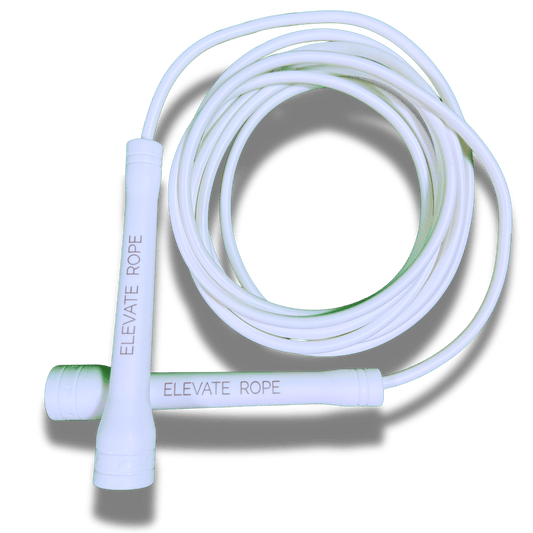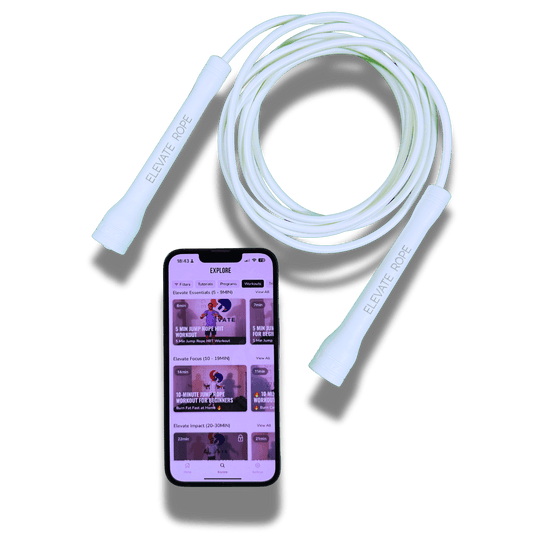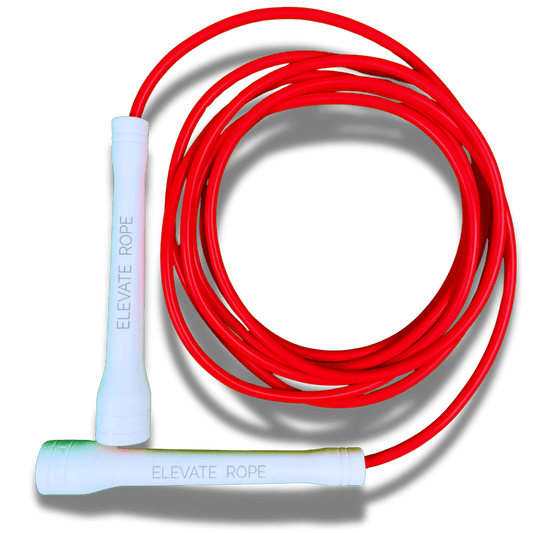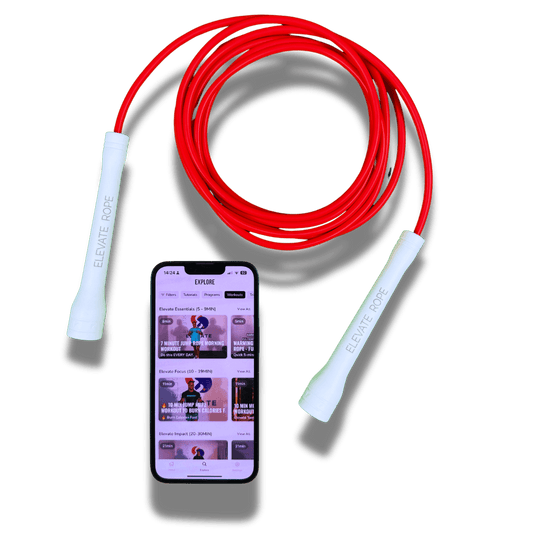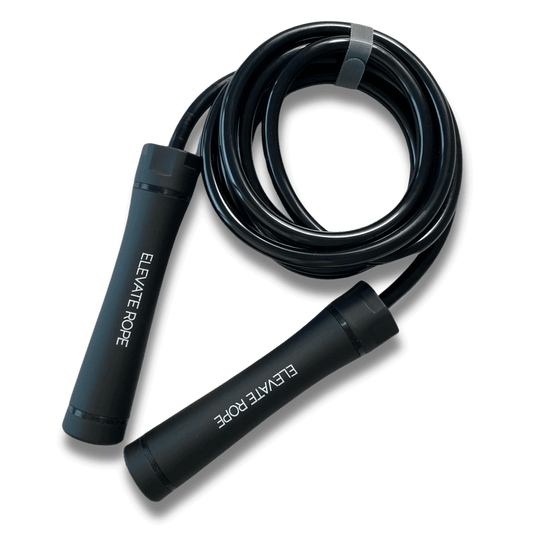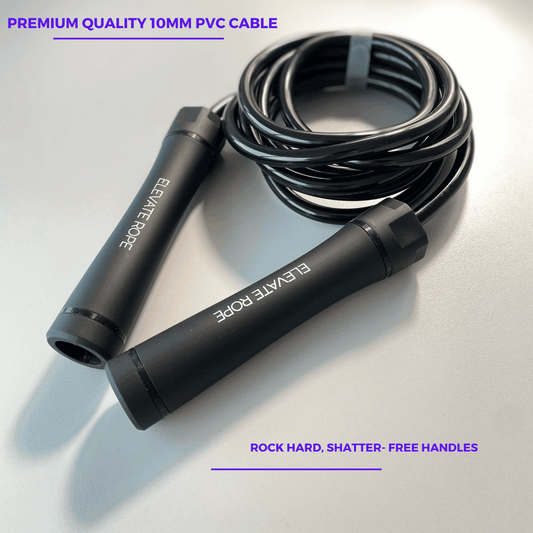Introduction
Être blessé ne signifie pas toujours que vous devez ranger votre corde complètement. Dans de nombreux cas, passer à une corde à sauter à faible impact, adaptée à la rééducation, peut vous permettre de continuer à bouger, de maintenir votre rythme et de récupérer plus rapidement — sans risquer d'aggraver la blessure. voici les meilleures jumpropes pour blessures.
Que vous vous remettiez de shin splints, que vous protégiez un Achilles tendon ou que vous évitiez une tension sur les knee joints, la bonne corde peut faire une énorme différence. Des caractéristiques comme un poids plus léger, une rotation plus lente et un meilleur feedback peuvent vous aider à garder le contrôle et à vous entraîner plus intelligemment.
Dans ce guide, vous découvrirez :
- meilleures jumpropes pour blessures
- Caractéristiques clés qui rendent une corde adaptée à la rééducation
- Comment utiliser chaque corde en toute sécurité pour soutenir votre guérison
Pourquoi le choix de la corde est important pendant la récupération des blessures
Pendant la récupération, votre objectif n'est pas de pousser la vitesse maximale — c'est de contrôler l'intensité et de minimiser le stress articulaire. La mauvaise corde (trop lourde, trop rapide ou mal équilibrée) peut aggraver les blessures existantes.
Facteurs clés à rechercher pour les meilleures cordes à sauter pour blessures
- Design léger → Réduit la charge sur les articulations et la fatigue
- Rotation fluide et contrôlée → Aide à éviter les tensions dues à la surutilisation
- Longueur ajustable → Assure une posture correcte et une hauteur de saut minimale
- Poignée confortable → Réduit la tension au poignet/épaule
- Matériau durable mais tolérant → PVC ou perlé pour un retour sans choc d'impact
Top 3 des meilleures cordes à sauter pour l'entraînement pendant les blessures

1. Corde à perles Elevate
- L'une des meilleures cordes à sauter pour les blessures
-
Pourquoi c’est idéal pendant les blessures :
Les perles fournissent un excellent retour à des vitesses plus lentes, ce qui facilite le maintien du rythme sans sauts excessifs. Le poids modéré permet des mouvements contrôlés tout en offrant un bénéfice cardio. - Idéal pour : Rééducation de la cheville, périostite tibiale, récupération de l'épaule.
- Caractéristiques clés :Longueur ajustable pour une posture parfaite Les perles durables protègent contre l'usure de la surface Idéal pour le freestyle, les balancements latéraux, et les exercices à faible impact
- Longueur ajustable pour une posture parfaite
- Les perles durables protègent contre l'usure de la surface
- Idéal pour le freestyle, les balancements latéraux, et les exercices à faible impact
-
Comment utiliser en toute sécurité :
Concentrez-vous sur les balancements latéraux, le rebond basique à faible hauteur, et les mouvements freestyle qui limitent le stress répétitif.
2. Corde Elevate en PVC
-
Pourquoi c’est idéal pendant les blessures :
La construction légère en PVC est douce pour les articulations tout en offrant une rotation fluide. C’est un bon choix pour un saut à faible impact axé sur l'endurance. - Idéal pour : Rééducation du genou, récupération de la tendinite d'Achille.
- Caractéristiques clés :Très léger pour réduire la fatigue Rotation rapide pour un saut à faible effort Facilement ajustable
- Très léger pour réduire la fatigue
- Rotation rapide pour un saut à faible effort
- Facilement ajustable
-
Comment utiliser en toute sécurité :
Gardez les sauts sous 2–3 cm, utilisez des atterrissages sur le milieu du pied, et intégrez des intervalles de repos toutes les 1–2 minutes.
3. Corde à poignée lestée (Poids léger — ¼ lb)
-
Pourquoi c’est idéal pendant les blessures :
Des poignées légèrement lestées vous permettent de travailler le haut du corps et la coordination tout en maintenant une vitesse de saut basse. Cela réduit la charge répétitive sur les jambes tout en offrant un entraînement. - Idéal pour : Récupération du bas de la jambe, amélioration du contrôle de la corde.
- Caractéristiques clés :Poignées ergonomiques confortables Poids internes légers pour un entraînement de force doux Convient pour des séances plus lentes et contrôlées
- Poignées ergonomiques confortables
- Poids internes légers pour un entraînement de force doux
- Convient pour des séances plus lentes et contrôlées
-
Comment utiliser en toute sécurité :
Utilisez un entraînement de type intervalle — 30 secondes d'effort, 30–60 secondes de repos — pour éviter de surcharger les tissus en guérison.
Comment utiliser les Jump Ropes en toute sécurité pendant la récupération après une blessure
- Obtenez d'abord un avis médical — surtout en cas de fractures ou d'entorses graves.
- Échauffez-vous soigneusement — mobilité des chevilles, genoux, hanches et épaules.
- Concentrez-vous sur la forme plutôt que la vitesse — maintenez des atterrissages sur le milieu du pied et des sauts bas.
- Incorporez du repos actif — balancements latéraux, mouvements de pieds lents ou saut à l'ombre entre les séries actives.
- Arrêtez si la douleur s'aggrave — l'inconfort doit diminuer, pas augmenter, pendant la séance.
V. Avantages à long terme de rester actif pendant la récupération
Utiliser une corde à faible impact pendant la récupération peut :
- Maintenir la forme cardiovasculaire
- Préserver la coordination et le timing
- Prévenir une perte totale de condition physique
- Améliorer l'humeur et la motivation pendant la période d'arrêt due à la blessure
- Favoriser une transition plus douce vers un entraînement complet
Conclusion
Une blessure ne signifie pas forcément perdre tous vos progrès. Avec le right jump rope et une approche contrôlée, vous pouvez rester actif, maintenir le rythme et reconstruire votre force — sans risquer une nouvelle blessure.
Prêt à vous entraîner plus intelligemment avec les best jumpropes for injuries ? Prenez votre jumprope et faites que chaque saut compte — en toute sécurité.
